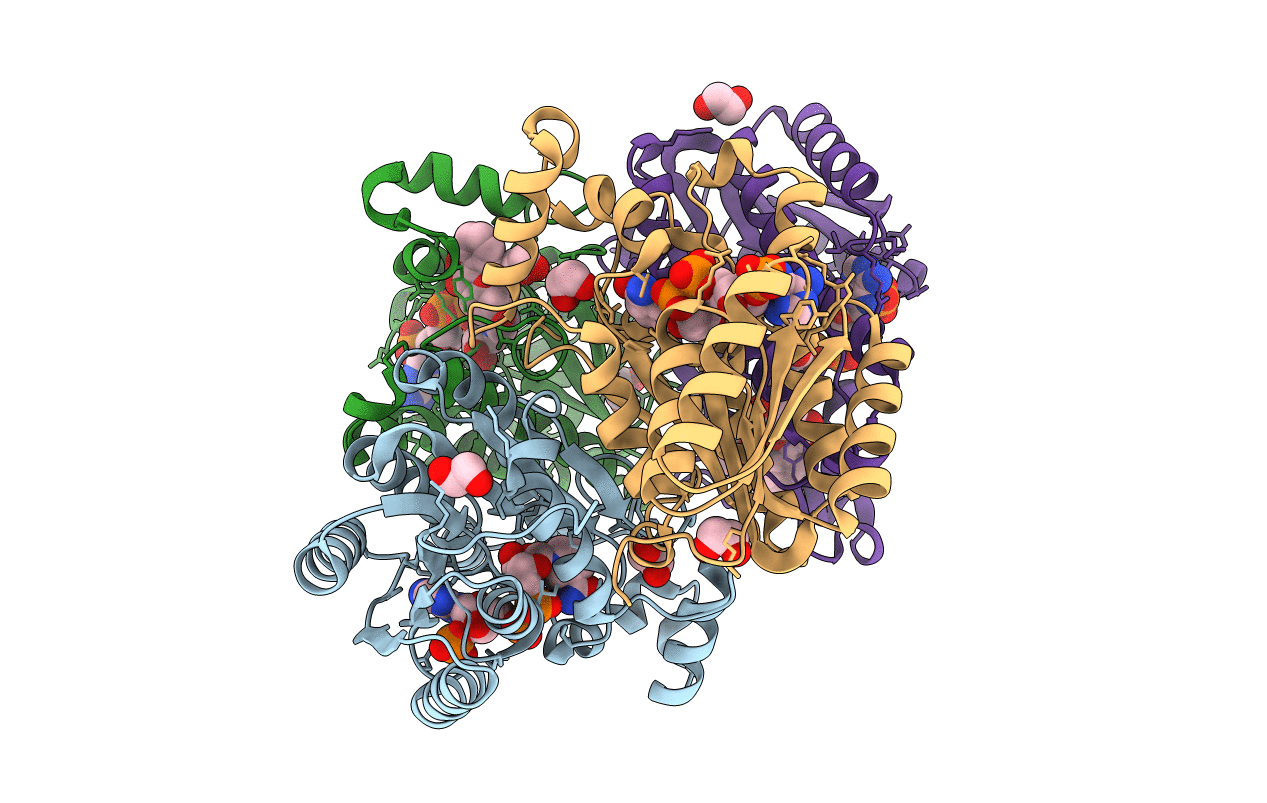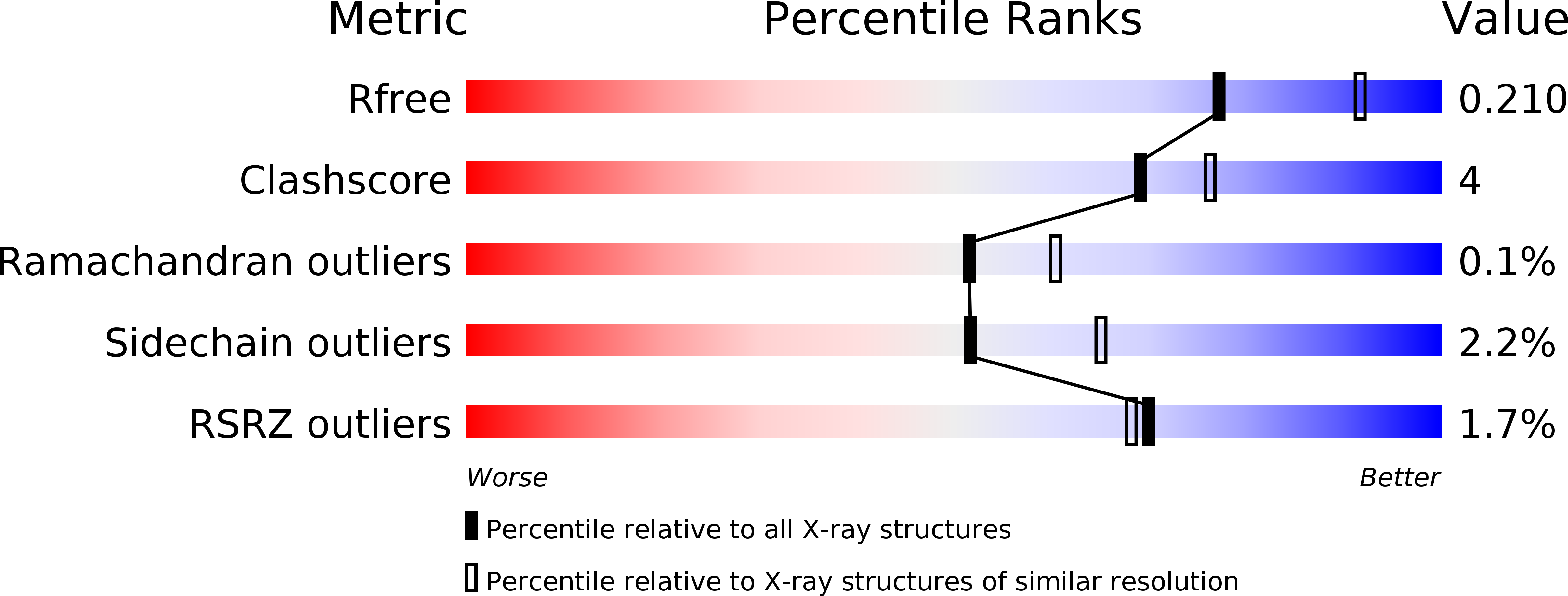
Deposition Date
2012-06-11
Release Date
2013-07-03
Last Version Date
2023-09-13
Entry Detail
PDB ID:
4FJ0
Keywords:
Title:
Crystal structure of the ternary complex between a fungal 17beta-hydroxysteroid dehydrogenase (Holo form) and 3,7-dihydroxy flavone
Biological Source:
Source Organism:
Cochliobolus lunatus (Taxon ID: 5503)
Host Organism:
Method Details:
Experimental Method:
Resolution:
2.20 Å
R-Value Free:
0.20
R-Value Work:
0.16
R-Value Observed:
0.17
Space Group:
P 1 21 1


